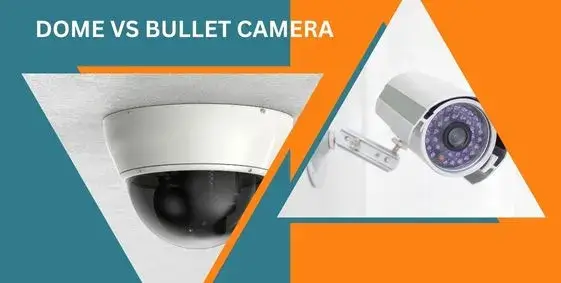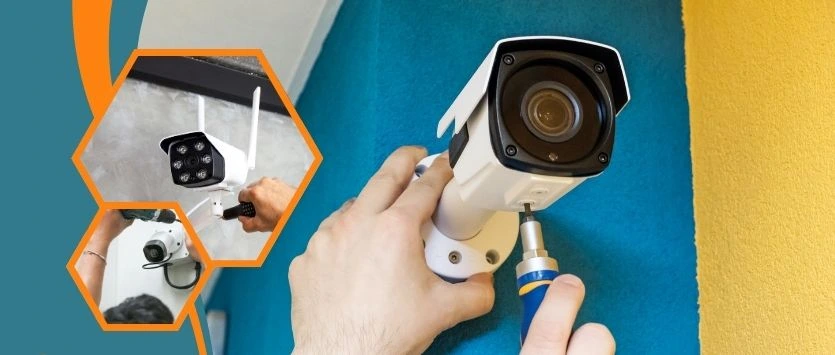When choosing a security camera for your home or business, expertise in the differences between dome and bullet cameras is crucial. Both kinds function as effective surveillance tools, however, their layout, functionality, and packages vary extensively.
Design and Appearance
Dome cameras have a compact, dome-formed design, making them less important and extra discreet. Their smooth, enclosed shape protects them from tampering and vandalism. On the other hand, bullet cameras have a cylindrical shape, corresponding to a bullet, which makes them greater distinguished. Their wonderful design lets them act as a visible deterrent, discouraging potential intruders.
Installation and Placement
Dome cameras are generally installed on ceilings and offer a wide field of view, making them best for indoor surveillance. Their 360-degree rotation capability allows bendy monitoring of huge regions. In evaluation, bullet cameras are commonly established on partitions or poles and feature a hard and fast attitude of view, which makes them appropriate for monitoring particular locations, consisting of entrances, parking area, or perimeters.

Weather Resistance and Durability
Bullet cameras are designed to face up to harsh weather conditions, as they regularly include weatherproof and dust-resistant features. This makes them perfect for outdoor protection packages. Dome cameras, at the same time additionally to be had in weather-resistant variations, are more usually used indoors. However, weatherproof dome cameras are available for areas at risk of tampering.
Night Vision and Infrared Capabilities
Both dome and bullet cameras come with infrared (IR) night vision technology, allowing them to capture clear footage in low-light conditions. However, bullet cameras typically have longer-range IR capabilities, making them more suitable for monitoring large outdoor spaces at night. Dome cameras are effective for indoor and short-range outdoor applications where extreme night vision range is not required.
Flexibility and Adjustability
Dome cameras provide extra flexibility in adjusting the viewing perspective due to the fact they can rotate in a couple of instructions. This makes them an exquisite desire to mask extensive regions without the need for frequent repositioning. Bullet cameras, however, have extra constant attention, because of this they are fine for tracking specific factors of interest, which include gates, driveways, or corridors.
Usage and Best Applications
Dome cameras are satisfactory and acceptable for indoor places along with workplaces, retail shops, resorts, and homes due to their unobtrusive layout. They additionally work nicely in places in which a vandal-resistant digital camera is wanted, together with banks and public regions. Bullet cameras, with their long-range visibility and climate-resistant features, are perfect for outdoor packages, which include parking lots, highways, industrial websites, and huge residences that require continuous surveillance.
Conclusion
Choosing between a dome and a bullet camera depends on your safety desires. If you need a discreet, wide-insurance digicam for indoor use, a dome camera is the right preference. If you require a noticeably visible, long-variety digicam for outdoor monitoring, a bullet digicam is more appropriate. At AS ITSS, we offer a huge range of both dome and bullet cameras to satisfy your security requirements. Contact us today to find the perfect surveillance solution for your needs.





